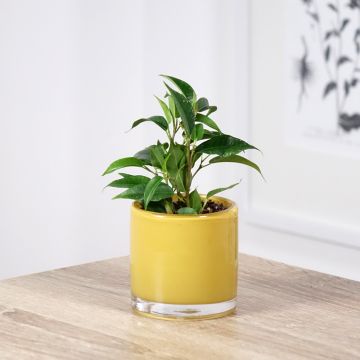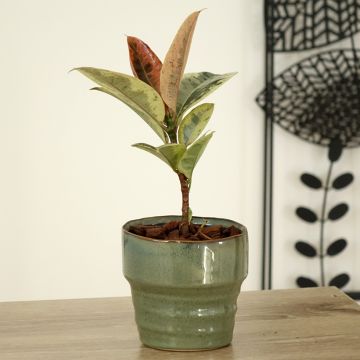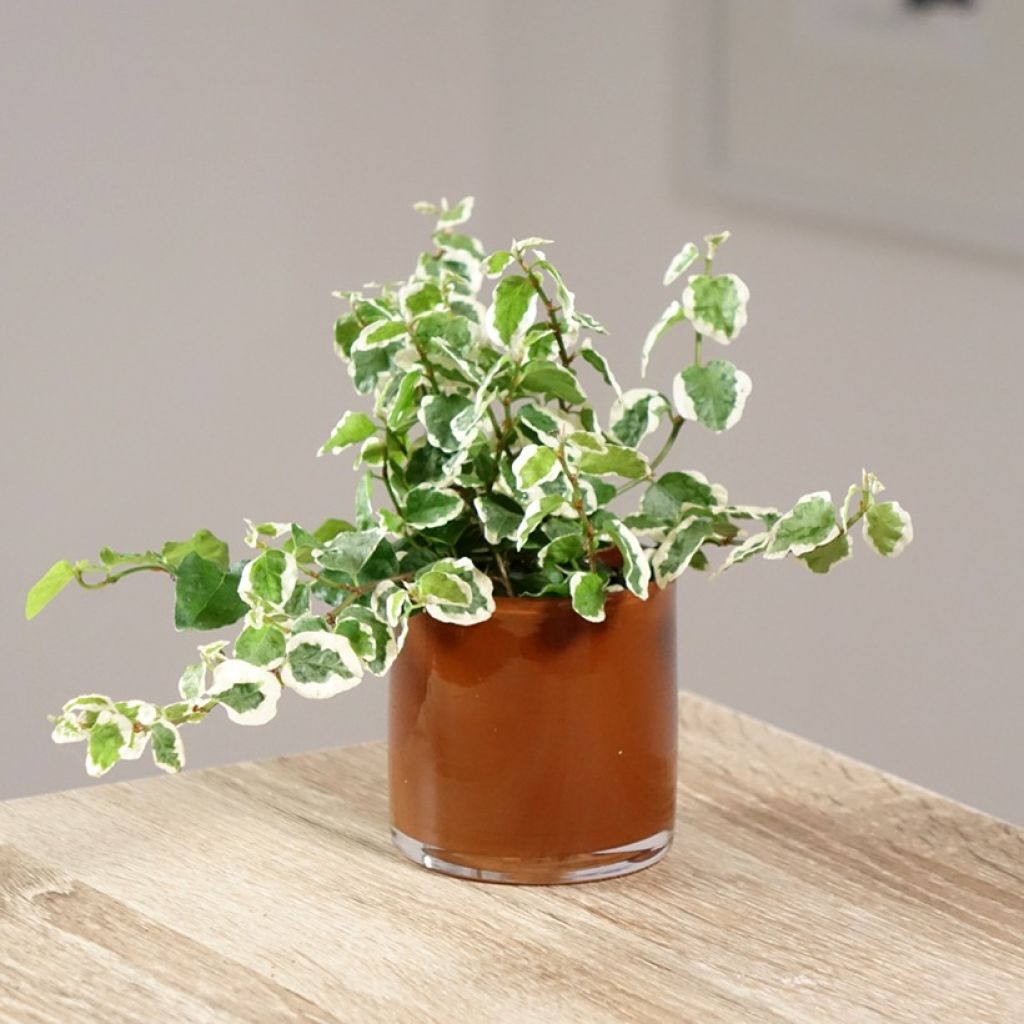

Ficus pumila Bellus -Creeping fig
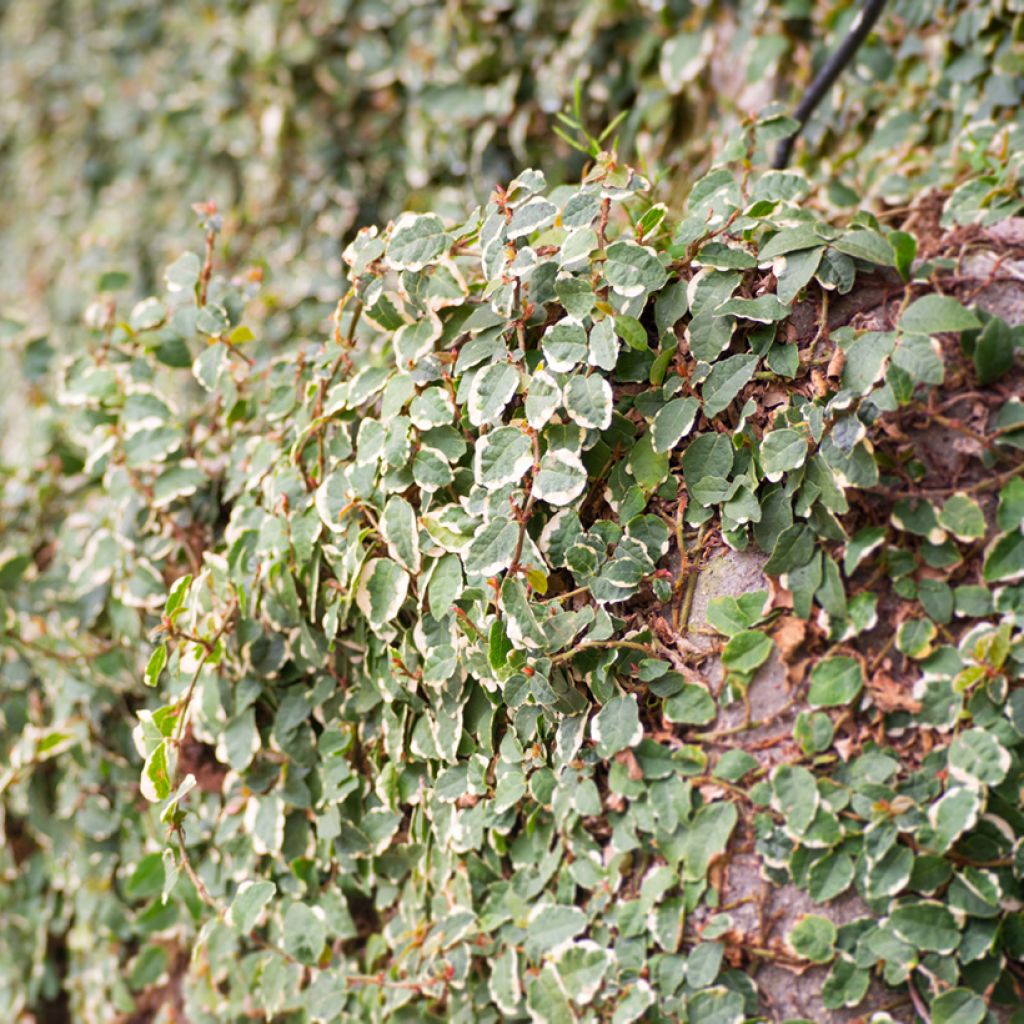

Ficus pumila Bellus -Creeping fig
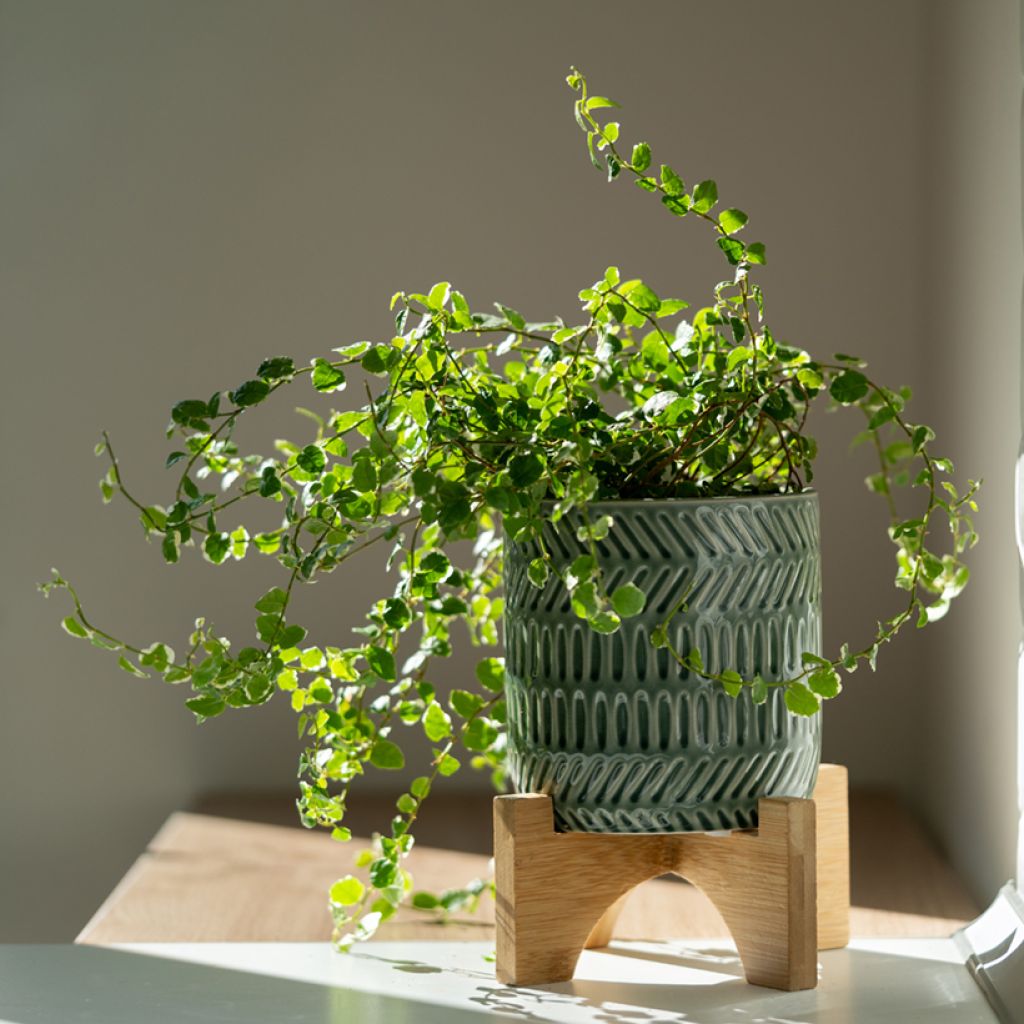

Ficus pumila Bellus -Creeping fig
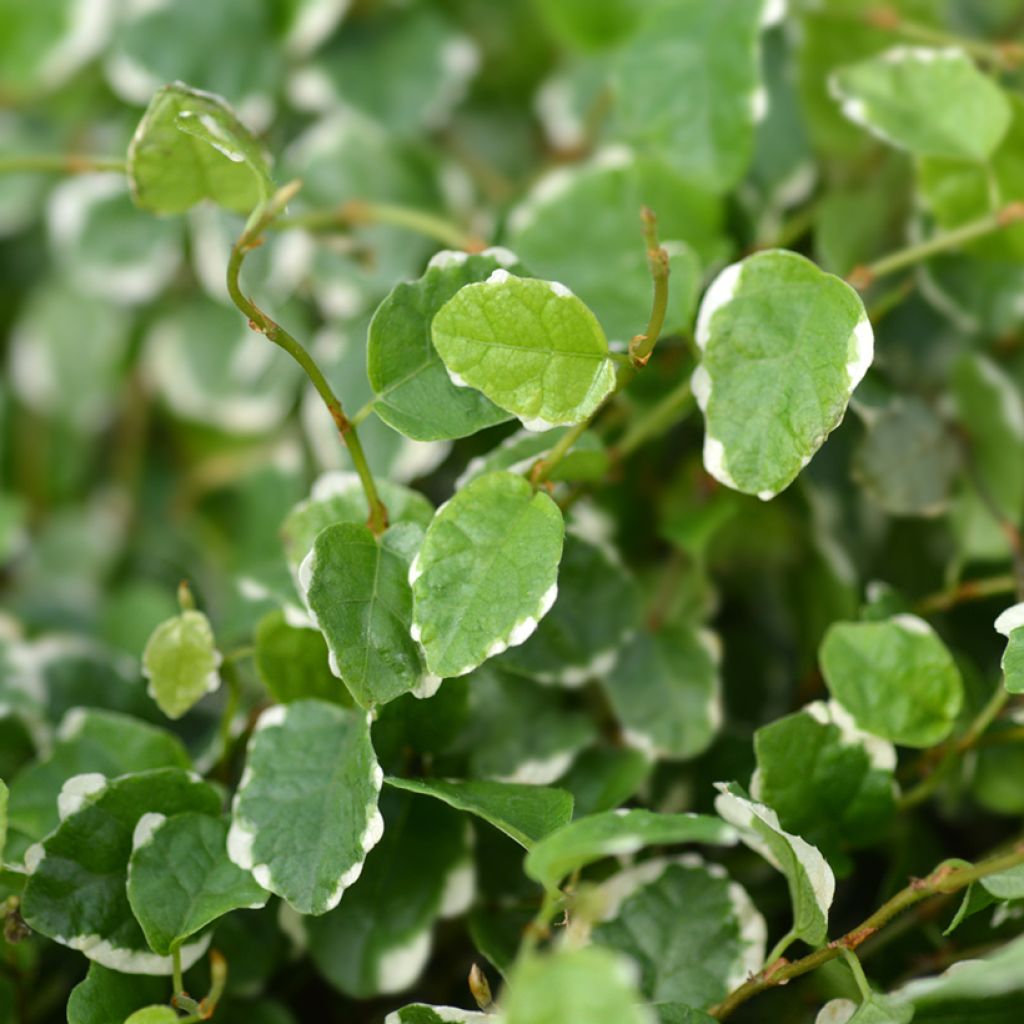

Ficus pumila Bellus -Creeping fig
Ficus pumila Bellus -Creeping fig
Ficus pumila Bellus
Indoor plant fig, creeping fig
Special offer!
Receive a €20 voucher for any order over €90 (excluding delivery costs, credit notes, and plastic-free options)!
1- Add your favorite plants to your cart.
2- Once you have reached €90, confirm your order (you can even choose the delivery date!).
3- As soon as your order is shipped, you will receive an email containing your voucher code, valid for 3 months (90 days).
Your voucher is unique and can only be used once, for any order with a minimum value of €20, excluding delivery costs.
Can be combined with other current offers, non-divisible and non-refundable.
Home or relay delivery (depending on size and destination)
Schedule delivery date,
and select date in basket
This plant carries a 30 days recovery warranty
More information
We guarantee the quality of our plants for a full growing cycle, and will replace at our expense any plant that fails to recover under normal climatic and planting conditions.
Description
The Ficus pumila 'Bellus' or Dwarf Fig 'Bellus' is a cultivar of Creeping Fig suited to indoor cultivation. This small creeping plant develops tiny heart-shaped leaves. It stands out with its crinkled, dentate foliage featuring an irregular white margin around the edges of a lime to medium green lamina. Despite its unassuming appearance, this miniature plant is highly ornamental. Its growth habit makes it very versatile for indoor use: it can be grown as a hanging, running (in a terrarium or as ground cover for another plant), or climbing plant. Provide it with fairly high ambient humidity, good light, but no direct sunlight.
From the Moraceae family, the Ficus pumila 'Bellus' is an ornamental cultivar derived from the Ficus pumila creeping species. In its natural habitat, this plant creeps, trails, and climbs up across the forest landscape and tree bark. It is native to East Asia, including China, Japan, and Vietnam. On young plants, the leaves measure between 2 and 3 cm, while they grow larger on mature, well-established specimens. Arranged alternately, they have a thin, ovate, slightly undulate lamina, offering a paper-like texture. The foliage is so dense that it entirely covers the space available to the plant. Indoors, this species does not flower, but in a greenhouse, it may produce small, inconspicuous flowers in the leaf axils, though these hold little aesthetic appeal. With no theoretical limit to its natural habitat, under good conditions, it can cover a considerable indoor area, reaching 30 cm to 1 m in length or width.
Native to the tropical forests of Asia, the Ficus pumila grows naturally under dense canopies where it enjoys dappled light and constant humidity. Indoors, it prefers moderate temperatures (between 15 and 25°C) and regular but not excessive watering.
Warning - Beware, this plant is toxic to pets and humans if ingested and may cause skin irritation.
Though not very hardy (with limited resistance down to 3°C), this Ficus can be grown outdoors in summer in mild climate regions.
The Ficus pumila 'Bellus' is particularly appealing as ground cover in terrariums or across the surface of a larger planter, among other plants with similar growing conditions. Its variegated, crinkled foliage adds a whimsical touch and catches the eye. It also makes a lovely hanging or climbing plant on a lightweight support. However, make sure to maintain good ambient humidity conditions —around 70 to 80% - if not grown in a terrarium, using a humidifier, orby placing it in a bathroom, for example. It tolerates moderate light better than dry air but thrives best in bright, indirect light such as behind a north-facing window.
Report an error about the product description
Ficus pumila Bellus -Creeping fig in pictures
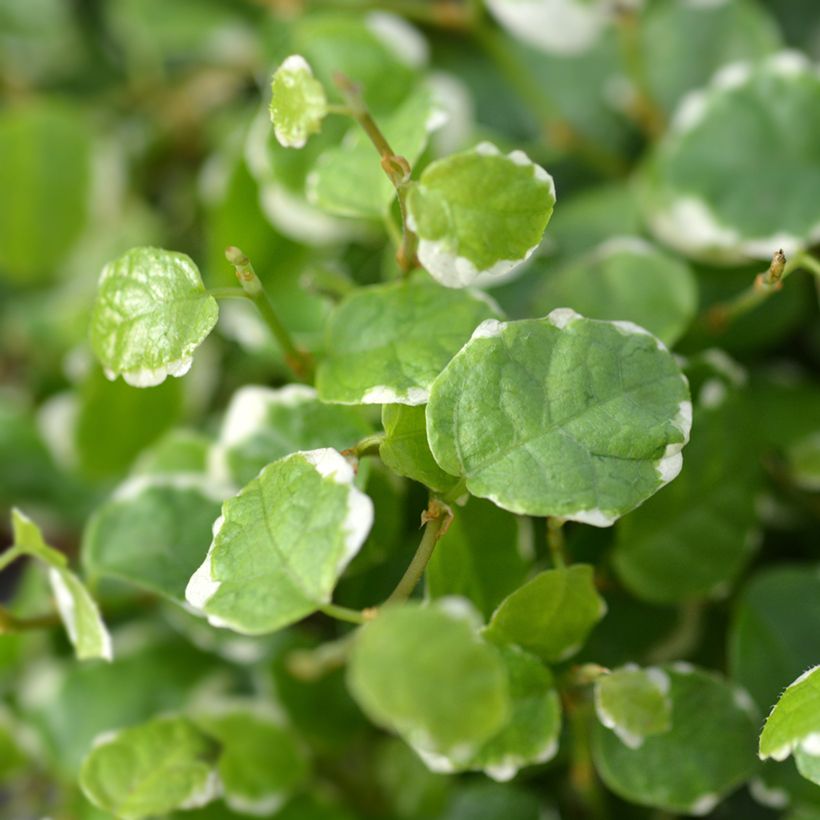

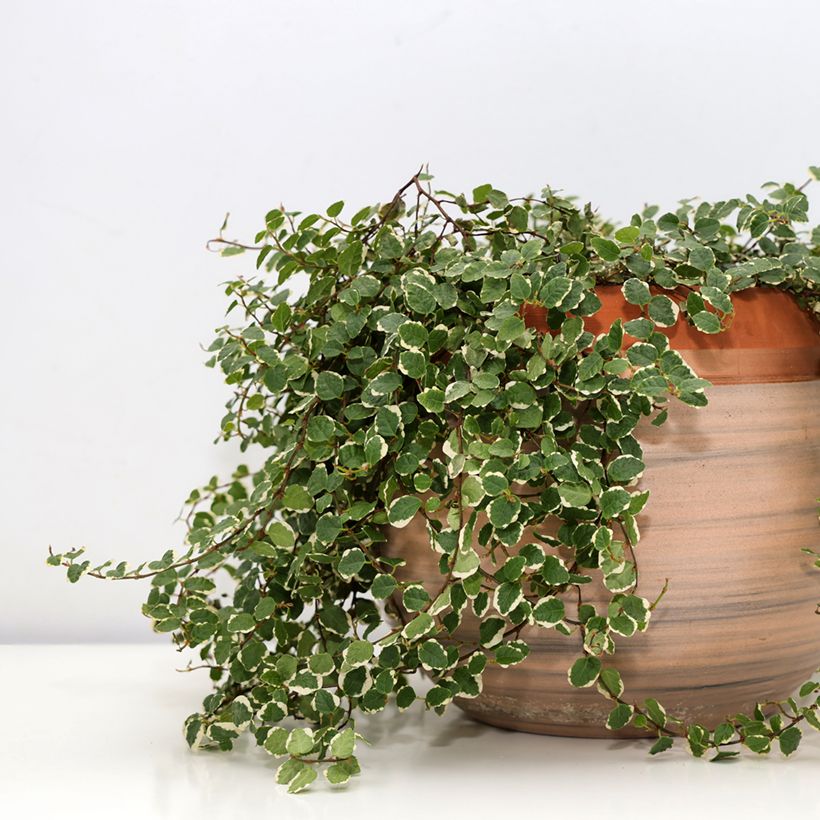

Foliage
Plant habit
Botanical data
Ficus
pumila
Bellus
Moraceae
Indoor plant fig, creeping fig
Cultivar or hybrid
Safety measures
Other Ficus - Indoor plant fig
View all →Location
Location
Maintenance and care
Watering tips
Potting advice, substrates and fertilisers
Houseplant care
Disease and pest advice
Maintenance and care
This item has not been reviewed yet - be the first to leave a review about it.
Haven't found what you were looking for?
Hardiness is the lowest winter temperature a plant can endure without suffering serious damage or even dying. However, hardiness is affected by location (a sheltered area, such as a patio), protection (winter cover) and soil type (hardiness is improved by well-drained soil).

Photo Sharing Terms & Conditions
In order to encourage gardeners to interact and share their experiences, Promesse de fleurs offers various media enabling content to be uploaded onto its Site - in particular via the ‘Photo sharing’ module.
The User agrees to refrain from:
- Posting any content that is illegal, prejudicial, insulting, racist, inciteful to hatred, revisionist, contrary to public decency, that infringes on privacy or on the privacy rights of third parties, in particular the publicity rights of persons and goods, intellectual property rights, or the right to privacy.
- Submitting content on behalf of a third party;
- Impersonate the identity of a third party and/or publish any personal information about a third party;
In general, the User undertakes to refrain from any unethical behaviour.
All Content (in particular text, comments, files, images, photos, videos, creative works, etc.), which may be subject to property or intellectual property rights, image or other private rights, shall remain the property of the User, subject to the limited rights granted by the terms of the licence granted by Promesse de fleurs as stated below. Users are at liberty to publish or not to publish such Content on the Site, notably via the ‘Photo Sharing’ facility, and accept that this Content shall be made public and freely accessible, notably on the Internet.
Users further acknowledge, undertake to have ,and guarantee that they hold all necessary rights and permissions to publish such material on the Site, in particular with regard to the legislation in force pertaining to any privacy, property, intellectual property, image, or contractual rights, or rights of any other nature. By publishing such Content on the Site, Users acknowledge accepting full liability as publishers of the Content within the meaning of the law, and grant Promesse de fleurs, free of charge, an inclusive, worldwide licence for the said Content for the entire duration of its publication, including all reproduction, representation, up/downloading, displaying, performing, transmission, and storage rights.
Users also grant permission for their name to be linked to the Content and accept that this link may not always be made available.
By engaging in posting material, Users consent to their Content becoming automatically accessible on the Internet, in particular on other sites and/or blogs and/or web pages of the Promesse de fleurs site, including in particular social pages and the Promesse de fleurs catalogue.
Users may secure the removal of entrusted content free of charge by issuing a simple request via our contact form.
The flowering period indicated on our website applies to countries and regions located in USDA zone 8 (France, the United Kingdom, Ireland, the Netherlands, etc.)
It will vary according to where you live:
- In zones 9 to 10 (Italy, Spain, Greece, etc.), flowering will occur about 2 to 4 weeks earlier.
- In zones 6 to 7 (Germany, Poland, Slovenia, and lower mountainous regions), flowering will be delayed by 2 to 3 weeks.
- In zone 5 (Central Europe, Scandinavia), blooming will be delayed by 3 to 5 weeks.
In temperate climates, pruning of spring-flowering shrubs (forsythia, spireas, etc.) should be done just after flowering.
Pruning of summer-flowering shrubs (Indian Lilac, Perovskia, etc.) can be done in winter or spring.
In cold regions as well as with frost-sensitive plants, avoid pruning too early when severe frosts may still occur.
The planting period indicated on our website applies to countries and regions located in USDA zone 8 (France, United Kingdom, Ireland, Netherlands).
It will vary according to where you live:
- In Mediterranean zones (Marseille, Madrid, Milan, etc.), autumn and winter are the best planting periods.
- In continental zones (Strasbourg, Munich, Vienna, etc.), delay planting by 2 to 3 weeks in spring and bring it forward by 2 to 4 weeks in autumn.
- In mountainous regions (the Alps, Pyrenees, Carpathians, etc.), it is best to plant in late spring (May-June) or late summer (August-September).
The harvesting period indicated on our website applies to countries and regions in USDA zone 8 (France, England, Ireland, the Netherlands).
In colder areas (Scandinavia, Poland, Austria...) fruit and vegetable harvests are likely to be delayed by 3-4 weeks.
In warmer areas (Italy, Spain, Greece, etc.), harvesting will probably take place earlier, depending on weather conditions.
The sowing periods indicated on our website apply to countries and regions within USDA Zone 8 (France, UK, Ireland, Netherlands).
In colder areas (Scandinavia, Poland, Austria...), delay any outdoor sowing by 3-4 weeks, or sow under glass.
In warmer climes (Italy, Spain, Greece, etc.), bring outdoor sowing forward by a few weeks.































